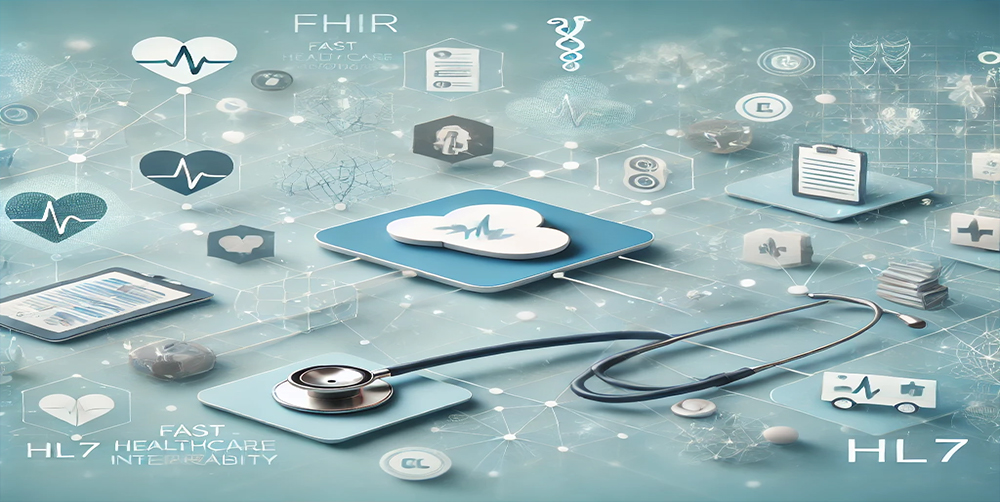Table of Contents
Introduction
Healthcare Information Technology (IT) is transforming the U.S. healthcare system by improving patient care, enhancing operational efficiency, and ensuring data security. With advancements in Electronic Health Records (EHR), telemedicine, and AI-driven diagnostics, healthcare IT continues to reshape the industry. This blog explores key trends, benefits, challenges, and the future of healthcare IT in the United States.
The Role of Healthcare IT
Healthcare IT encompasses a broad range of technologies and systems that facilitate patient data management, streamline clinical workflows, and enhance patient engagement. Some of the major components include:
- Electronic Health Records (EHR) – Digital versions of patient records that improve accessibility and reduce errors.
- Telemedicine – Remote healthcare services that expand access to care, especially in rural areas.
- Health Information Exchange (HIE) – Systems allowing secure patient data sharing among providers.
- Artificial Intelligence (AI) and Machine Learning (ML) – AI-driven tools for diagnosis, treatment recommendations, and predictive analytics.
- Cybersecurity in Healthcare – Measures to protect sensitive patient data from breaches and cyber threats.
Benefits of Healthcare IT
The integration of IT in healthcare brings several benefits:
- Improved Patient Care – EHRs and digital tools enable providers to offer accurate, data-driven diagnoses and treatments.
- Enhanced Efficiency – Automated workflows and digital records reduce administrative burdens and improve operational efficiency.
- Better Patient Engagement – Patient portals and mobile apps empower patients to manage their health proactively.
- Cost Reduction – Efficient IT systems help in reducing unnecessary hospital visits and optimizing resource allocation.
- Data-Driven Insights – AI and big data analytics assist in disease prevention, treatment planning, and population health management.
Challenges in Healthcare IT
Despite its advantages, healthcare IT faces several challenges:
- Interoperability Issues – Lack of standardized systems prevents seamless data exchange between different healthcare providers.
- Cybersecurity Threats – Increased digitalization makes healthcare data a prime target for cybercriminals.
- High Implementation Costs – Deploying advanced healthcare IT systems requires significant investment.
- Regulatory Compliance – Adhering to regulations such as HIPAA (Health Insurance Portability and Accountability Act) can be complex.
- Resistance to Change – Some healthcare providers are hesitant to adopt new technologies due to training and adaptation challenges.
Future of Healthcare IT
The future of healthcare IT in the U.S. is promising, with advancements in:
- Blockchain for Secure Data Sharing – Ensuring transparency and security in health records.
- AI-Powered Diagnostics – Enhancing disease detection and personalized treatment plans.
- 5G and IoT in Healthcare – Enabling real-time remote monitoring and smart healthcare devices.
- Virtual Reality (VR) and Augmented Reality (AR) – Revolutionizing medical training and patient treatment.
- Cloud-Based Healthcare Solutions – Improving the accessibility and scalability of medical data.
Conclusion
Healthcare IT is revolutionizing the U.S. healthcare system by making medical services more efficient, accessible, and patient-centric. While challenges exist, ongoing innovations and regulatory improvements are paving the way for a more advanced and secure healthcare ecosystem. As technology continues to evolve, healthcare IT will play a crucial role in shaping the future of medical care in the United States.
No Comments Yet
Be the first to share your thoughts about this post!





Comments (0)